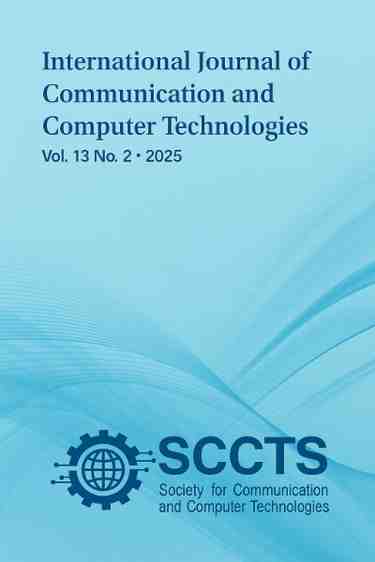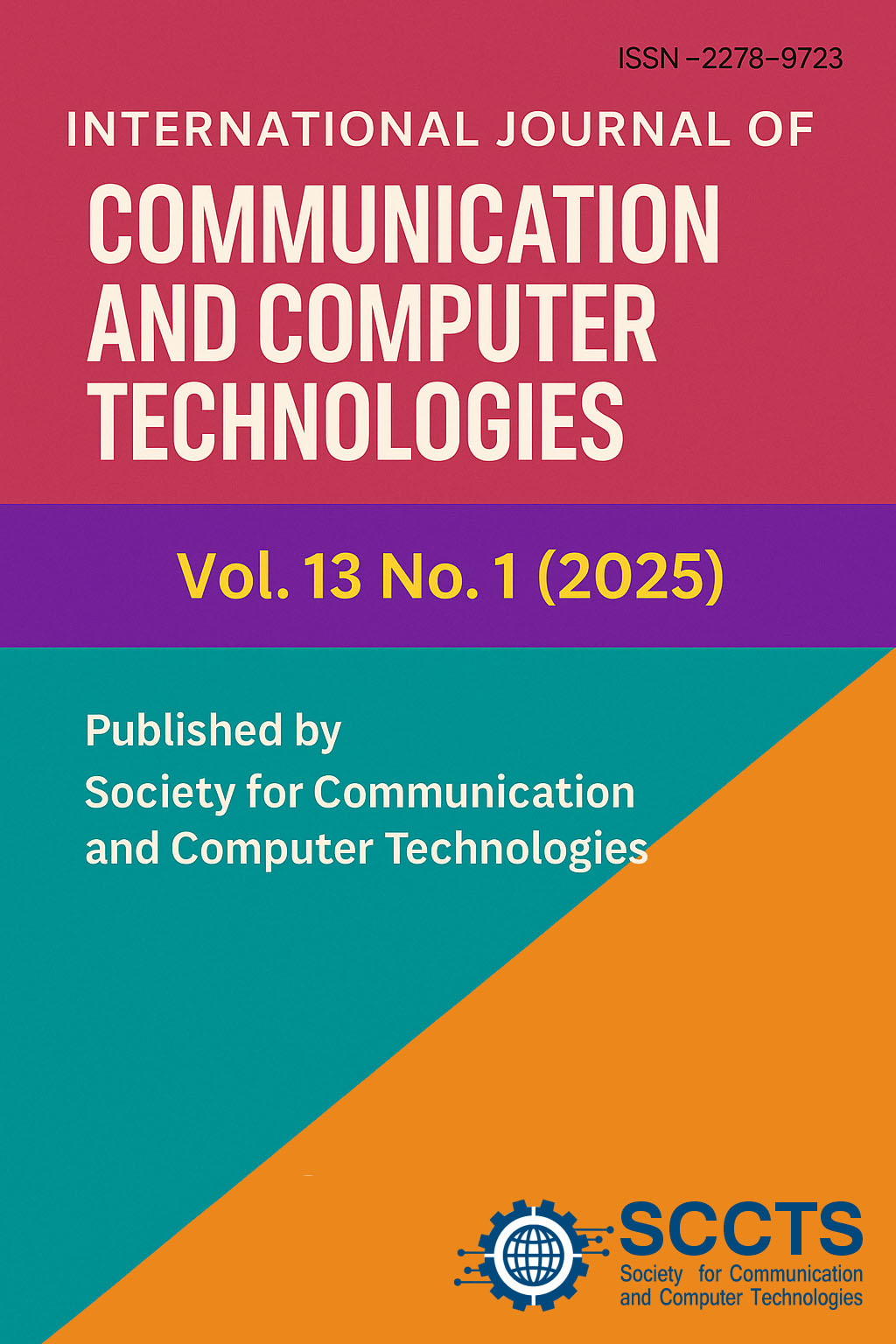Comparative Analysis of Real-Time Communication Protocols for Reliable Smart Factory IoT Architectures
Keywords:
Smart Factory; Industrial IoT (IIoT); Real-Time Communication; Deterministic Networking; MQTT; CoAP; AMQP; OPC UA; DDS; Time-Sensitive Networking (TSN); Digital Twin; Cyber-Physical Systems; Latency Optimization; Industrial Automation.Abstract
The fast progress of Smart Factory ecosystems within the Industry 4.0 and the new Industry 5.0 paradigms requires communication infrastructures capable of establishing reliable and deterministic and ultra-low-latency information exchange among the heterogeneous devices of the Industrial Internet of Things (IIoT). With the implementation of more and more cyber-physical production systems, autonomous robotics, digital twins, and predictive maintenance systems into modern manufacturing settings, the need to choose the right communication protocol will become vital to ensuring continuity in operational processes and real-time responsiveness. The paper will be a comparative overview of significant real-time communication protocols used in industrial automation such as MQTT, CoAP, AMQP, OPC UA PubSub, Data Distribution Service (DDS) and Time-Sensitive Networking (TSN). This is evaluated in key areas of performance, such as latency, jitter, reliability, bandwidth efficiency, scalability, interoperability, and security overheads, and at realistically applicable Smart Factory workloads. Performance modeling using simulations, use-case benchmarking, and evaluating hybrid architecture are some of the applications used to determine protocol behavior in robotic arm control, automated guided vehicle (AGV) coordination, equipment health monitoring, and real-time digital twins synchronization. The findings show that TSN and DDS provide superior determinism, timing precision in safety critical control loops whereas OPC UA PubSub has a high interoperability capability, which is appropriate in cross vendor integration. MQTT and AMQP are both scalable and robust to large scale monitoring but do not provide any fast timing guarantees needed in highly critical systems. The results indicate that there is no particular protocol that will suit the entire industrial communications requirements; a layered hybrid system involving TSN-basis deterministic transport and DDS middleware with OPC UA middleware provides the best performance under high demands conditions such as manufacturing. The study will offer a structured protocol-selection scheme and practical evidence to the system architects so that they can use trusty, effective, and future-oriented communication infrastructure in next-generation Smart Factory IoT architectures.Downloads
Published
2025-08-24
How to Cite
R. Rudevdagva, & L. Riunaa. (2025). Comparative Analysis of Real-Time Communication Protocols for Reliable Smart Factory IoT Architectures. International Journal of Communication and Computer Technologies, 13(2), 70–76. Retrieved from https://ijccts.org/index.php/pub/article/view/284
Issue
Section
Research Article
License
Copyright (c) 2025 International Journal of communication and computer Technologies

This work is licensed under a Creative Commons Attribution-NonCommercial-ShareAlike 4.0 International License.





 The articles in Worldwide Medicine are open access articles licensed under the terms of the
The articles in Worldwide Medicine are open access articles licensed under the terms of the 